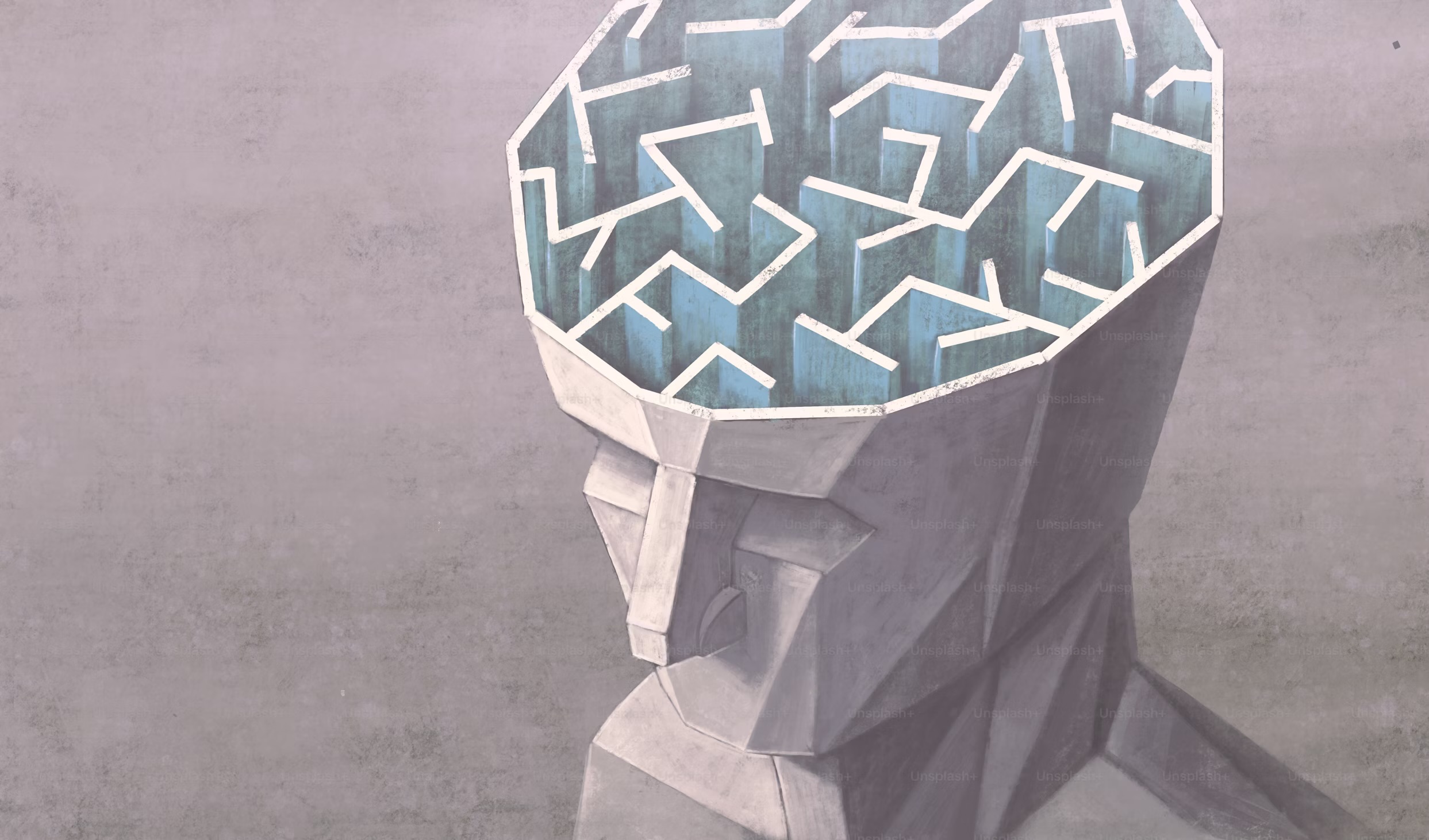In 2023, Joey D. Jones of the University of South Hampton interviewed me and over a dozen others about the authorial burden of interactive fiction—
The nature of interactive narrative authorship imposes a workload on the author: whether it is a hypertext, a simulated environment, a set of scenes or even a database, every plot branch, alternative description or dialogue choice creates extra writing labour over and above the labour inherent in writing narratives. A digital work, where it isn’t as limited by material restrictions such as page counts, can also end up much larger than non-digital interactive narratives, such as choose-your-own-adventure novels or plays with alternative endings. This overhead when writing for an interactive system is referred to as the ‘authorial burden’.
This quote is an excerpt from his paper with David Millard, Experiencing the Authorial Burden. Here are some of the questions he asked.
Q: What factors do you have in mind when you’re designing a new game?
A: Plot, characters, object permanence, and consistency vs. meaningful choices (avoiding the surrealism of Cave of Time).
Q: What decisions have ended up being way more work than you anticipated? How did you deal with it?
A: Exponential complexity of branching paths. Plot-driven games: writing a plot-driven game is so much harder than writing a location-driven game. The difficulty of testing and debugging: I just had a tester tell me that one path alluded to past events that hadn’t happened to them, and it is difficult to debug; I’m disappointed in the lack of diagnostic tools in Twine (no path tracing, for instance).
Q: Is there any game you’d love to create but haven’t because it’s too much work?
A: I’d love to create a Choice of Games book, but the amount of programming required is daunting.
Q: Would anything make the authoring easier?
A: Visual tools, as I appreciate Twine, but it doesn’t work with Choice of Games.
Q: What do you think is missing from my description [above] of the ‘authorial burden’?
A: Nothing.
Q: Here is a quote from each the previous interviewees. Are there any statements you very much agree or disagree with, and why?
[I’ve omitted my responses to most of these, which were typically just agreement.]
| Quote | My response |
| I was just really fed up with it… it was a lot. And I think in the end I ended up writing it… backwards. Like I’d written all the structure and got all the code in and kind of got placeholder text in there but it was such a large document in the end that I just went to the bottom of it and worked my way up because I… kidded myself that it was shorter like that. | I wrote one path through with no branches on this most recent project [A New Life in Auspele] rather than combinatorially proceeding brick by brick. I preferred it and have been doing similar work when extending storylines – write the story line, then go back and add choices and branches. |
Here’s the abstract for the paper, which I encourage you to read—
There are many methods and tools that have been proposed for writing IDNs [Interactive Digital Narratives] with the implicit goal of reducing this burden, but because there is no comprehensive model of the Authoring Burden assessing the impact of these approaches is difficult. We have undertaken interviews with IDN authors (n=14) to understand how they manage the authoring burden within their own projects. Based on these interviews, and drawing on the existing literature, we propose a model of the Authoring Burden comprised of three parts: Content Creation, Dynamic Authoring, and Programming/Tool Creation. The initial size of this burden is set by the Author’s Goals informed by their Capability and the Audience/Publishing Context. We also find 29 strategies employed by authors to manage the burden. There are five distinct types. Embracing and Reducing strategies impact the overall scale of the challenge, whereas Generative, Reuse, and Decoupling strategies move work between the three parts of the model. We validate our model with focus groups comprising different sets of experts (n=8). Our model shows that many strategies for managing the burden transform rather than reduce work, and that the most appropriate strategy for a given author will be highly dependent on their personal goals and capabilities. It therefore highlights the heterogeneity of IDN as both a strength, but also a challenge to theorists and tool designers.
Photo credit: Unsplashed+.
